- the article presents an overview of Vulkan barriers and shows how different barriers influence a PowerVR chip’s ability to overlap work
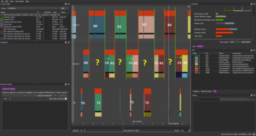
- the second part of the series presents how to overlap work from two consecutive frames by submitting each frame to its own queue
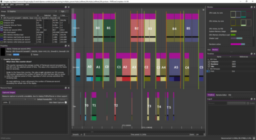
- the blog post presents how to use the Intel Embree library to generate a BVH tree for use with a GPU raytracer
- offers performance and memory comparisons for the different quality modes available
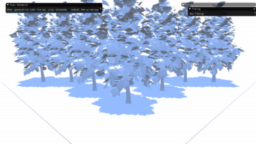
- the article present how the food in ‘Ratatouille’ was shaded based on the skin model
- using a subsurface scattering approximation on a voxel grid
- artists were given much control over the final more stylized appearance
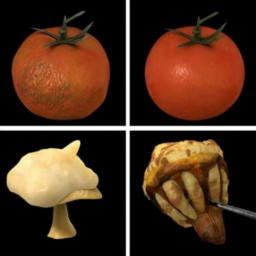
- the Unity tutorial explains how to add an outline to a 2D sprite
- implemented using 8 extra texture samples around the shading point
- additional presents a way to make the outline size independent of the sprite size
- the Unity tutorial explains how to create basic compute shaders
- shows how to use a compute shade to generate random positions in a sphere and use these position from the CPU to render meshes
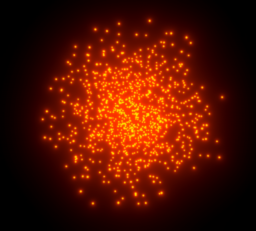
- This Unity tutorial shows how to pass data from the Shuriken Particle System to the particle shader
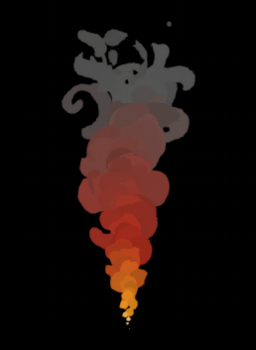
- the article provides a high-level explanation of the Vulkan API concepts required to render a single triangle on the screen
- contains well-documented example implementations to clarify some ideas through code examples
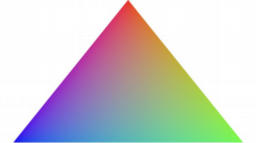
- open source D3D11 implementation of the paper presented at EGSR 2020 “A Scalable and Production Ready Sky and Atmosphere Rendering Technique”
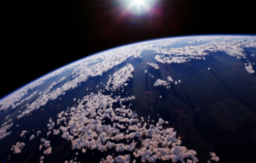
- the blog posts list a few possible drawbacks that need to be considered if a mix of dedicated GPU and integrated GPU is supposed to be used in a single application

- a small shader example that shows that texture channels can be reserved to allow objects to change color dynamically at runtime
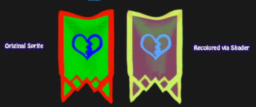
Thanks to Erika for support of this series.
Would you like to see your name here too? Become a Patreon of this series.
